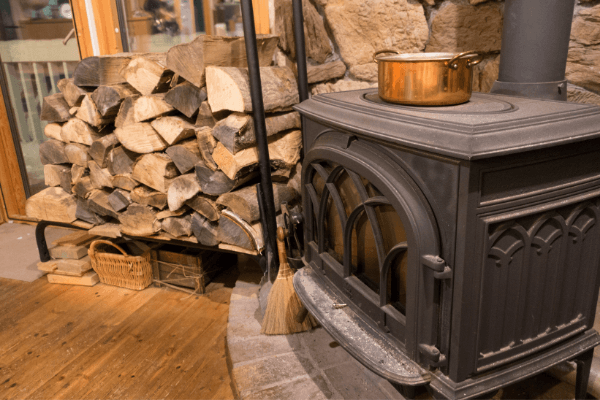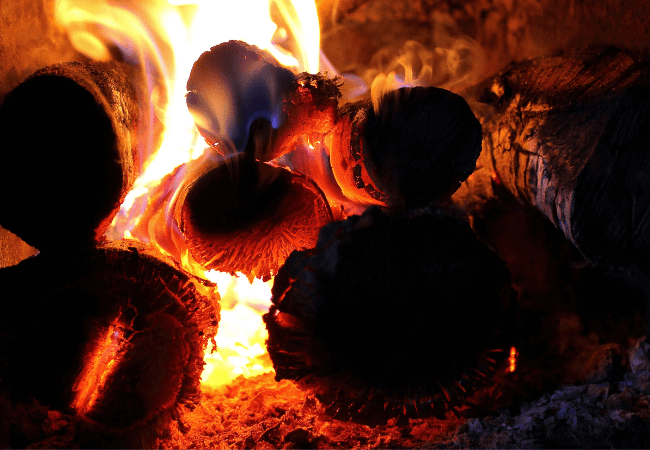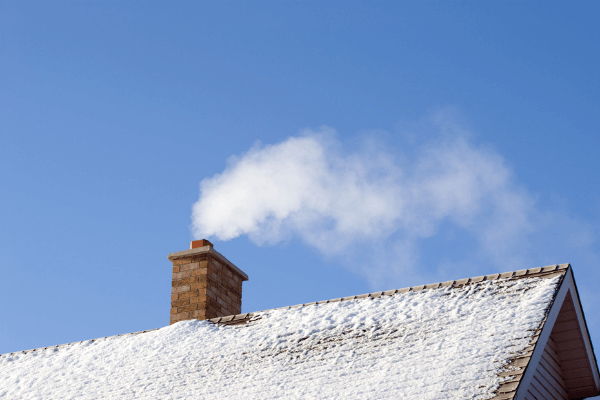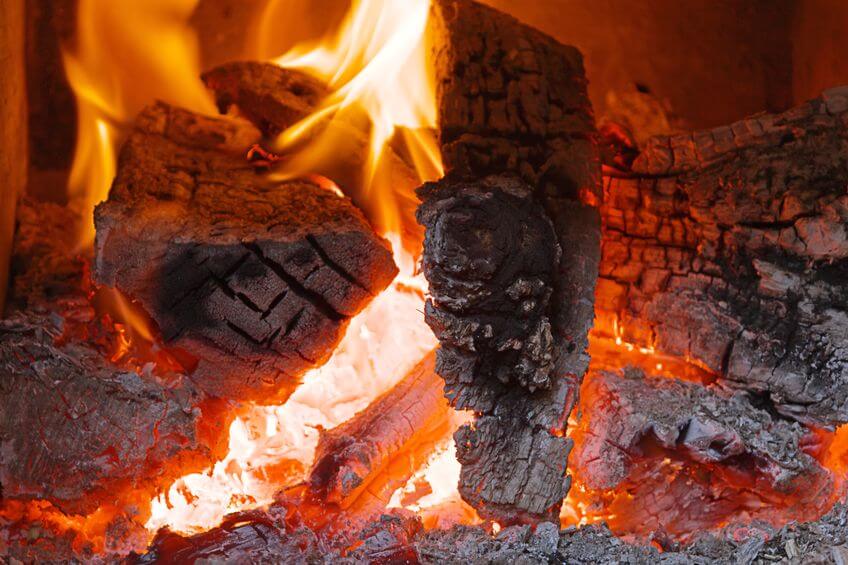- Home
- Chimney Guide
- Chimney Length and Draft
Chimney Length And Draft
This post may contain affiliate links so I earn a commission.
For many homeowners chimney length and draft is unsubstantial as long as the smoke leaves the house and the bricks stay in tact.
However, a properly functioning chimney is vital to both your heating performance and your safety.
The truth is, all the parts of a chimney work together like a fine oiled machine to create adequate heat while also exhausting fumes to keep the area healthy to breathe and safe to live in.
While some people might say chimney calculations are not an exact science, there are both codes and recommendations that need to be followed for optimum efficiency and performance.

To help better understand this topic, lets look at how a chimney functions and why draft is so important.
Chimney Length And Draft - Pressure Differential
With no references to supermarket tabloid magazines size really does matter when it comes to the length of a chimney.
A flue functions with something known as the stack effect which utilizes pressure differential to create natural ventilation and air flow.
Since there is no component such as a blower or fan forcing the exhaust out of the chimney, the outside air and inside air have to work together to draw out the smoke and gas.

Chimneys operate under the principle that hot air will rise because it is less dense than cold air.
When a fire is lit, the chimney fills with hot gasses which then rise because they're less dense than the outside air.
This pressure differential then draws air from the room into the fireplace to be used for combustion.
This drawn air is what's referred to as the draft.
Why Chimney Length And Draft Is Key
Virtually every piece of equipment that operates on combustion needs an adequate source of intake air to replace the lost exhaust.
This is true for engine motors, HVAC systems, and anything that operates with fire.
To better understand combustion it's important to look at the "fire triangle" which states the three important factors for combustion:
1. There needs to be fuel to burn
2. There must be air to provide oxygen
3. There must be heat to start the process
Obviously in a chimney fire, the wood is the fuel and a match is the flame so the air providing the oxygen comes in the form of the draft.

Draft size needs to be correlated to the capacity that the flue can exhaust.
The two main things that contribute to draft size are:
1. The heat of the gases in the chimney
2. Chimney height
The reason that a taller chimney creates a better draft is really rather simple as the higher up in the atmosphere the chimney reaches, the greater the differential pressure.
More Than Just Creating Draft
Expert masons will tell you it's much easier to decrease a draft that is too strong than it is to improve the draft on an inadequate flue.
With that being said, if a larger draft is better why wouldn't chimneys just be built 20 feet into the air?
The reason is that a draft can only flow through the capacity that the flue can handle and any more is overkill.

Truthfully when a draft is too big for the flue to exhaust, smoke and gas can potentially bellow back into the home which is extremely unsafe.
The general rule of thumb is that the floor where the fire source (fireplace, wood stove) is located to the top of the chimney should never be less than 15 feet and the distance from roof surface to chimney top should be aimed for 3 feet.
Fixing Chimney Length And Draft Issues
When a house is repeatedly filling with smoke or the fire is slow-starting it's easy to think that the chimney height is not adequate.
One fix that people might immediately jump into is to purchase chimney extensions that will raise the overall height.
While this definitely might resolve the issue it's still best to confirm that the draft problems aren't caused by a blocked flue, unseasoned wood, or a depressurized home.
Ultimately, it's best to have the issue looked at by a trained masonry expert before attempting "trial and error" fixes.

About the Author
Obsessed with firewood, Nick is behind over 350+ of Firewood For Life's articles, as well as countless reviews, guides and YouTube videos to help readers like you reduce heating costs and create the perfect fire.


